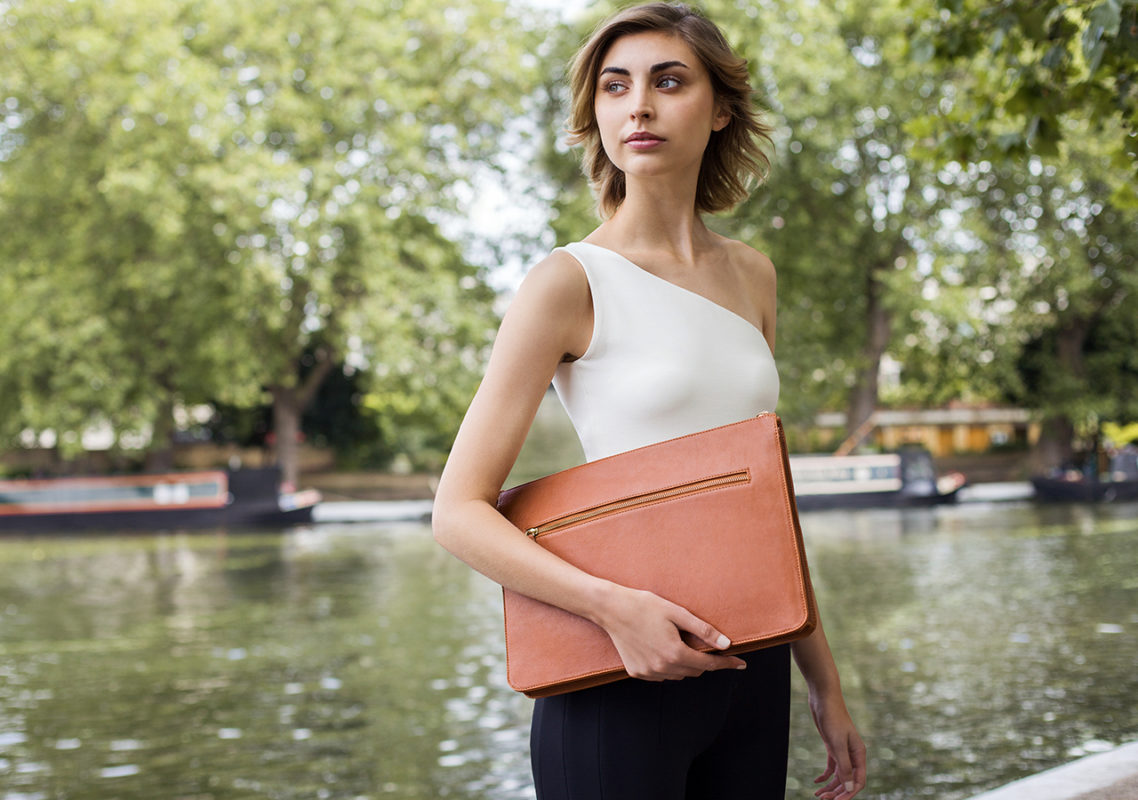Fashion, Sustainability
5 steps to sustainable fashion
The fashion industry is a huge polluter, from water overuse and pollution to plastic polyester microfibres in our oceans. As demand for low cost fashion increases, our finite resources are being pushed to the brink and the price is paid by workers who are toiling unsustainable hours at unliveable wages. The unscrupulous practices and negative impacts of the industry have received increasing attention in recent years. It’s clear that both brands and consumers have a role in reducing the impact of our consumption. On the anniversary of the Rana Plaza disaster that sparked this global movement, here are five ways to minimise your environmental footprint. We’d love to hear your own tips below.
Think before you buy
While we have increasingly ethical fashion options to choose from, the best approach is reduce your consumption by being selective about what you purchase. Most of our homes and closets are filled with rarely used pieces that provide little utility and simply add to the clutter. By only investing in pieces that last and complement your style, you’re simplifying your life and minimising environmental impact.
Choose quality over quantity
Once you know your style, the next step is to assess the longevity of a potential purchase – both in terms of quality and design. Is it a fad or can the design can still be worn next season? Is it durable, stitched well? Extra points for multi purpose items. This way you save time, money and sanity by carefully curating the pieces you allow inside your home.
Do your research
Browse the websites of your favourite brands and ensure you’re comfortable with their production practices. Are they transparent about where and how they manufacture? How their workers are treated? Do they have well documented environmental and ethical production policies?
Recycle & buy second hand
Finally, take some time to clear out your wardrobe of unused items and appreciate what you already have. Donate your unused pieces to charity, organise a clothes swap, or sell them online. Remember to check out an op shop before rushing to buy something new.
Choose sustainable materials
An item that is long lasting and can be recycled is infinitely better than a piece that breaks quickly and cannot be reused or repurposed. With fabric, here are a few known to have a smaller environmental footprint:
a. Organic cotton (requires fewer pesticides and often free from chlorine bleaching and synthetic dyes)
b. Hemp (an ecological crop that uses very few agrochemicals)
c. Linen (requires few chemical fertilisers and pesticide than cotton)
d. Organic wool (produced using sustainable farming practices and without toxic sheep dips)


